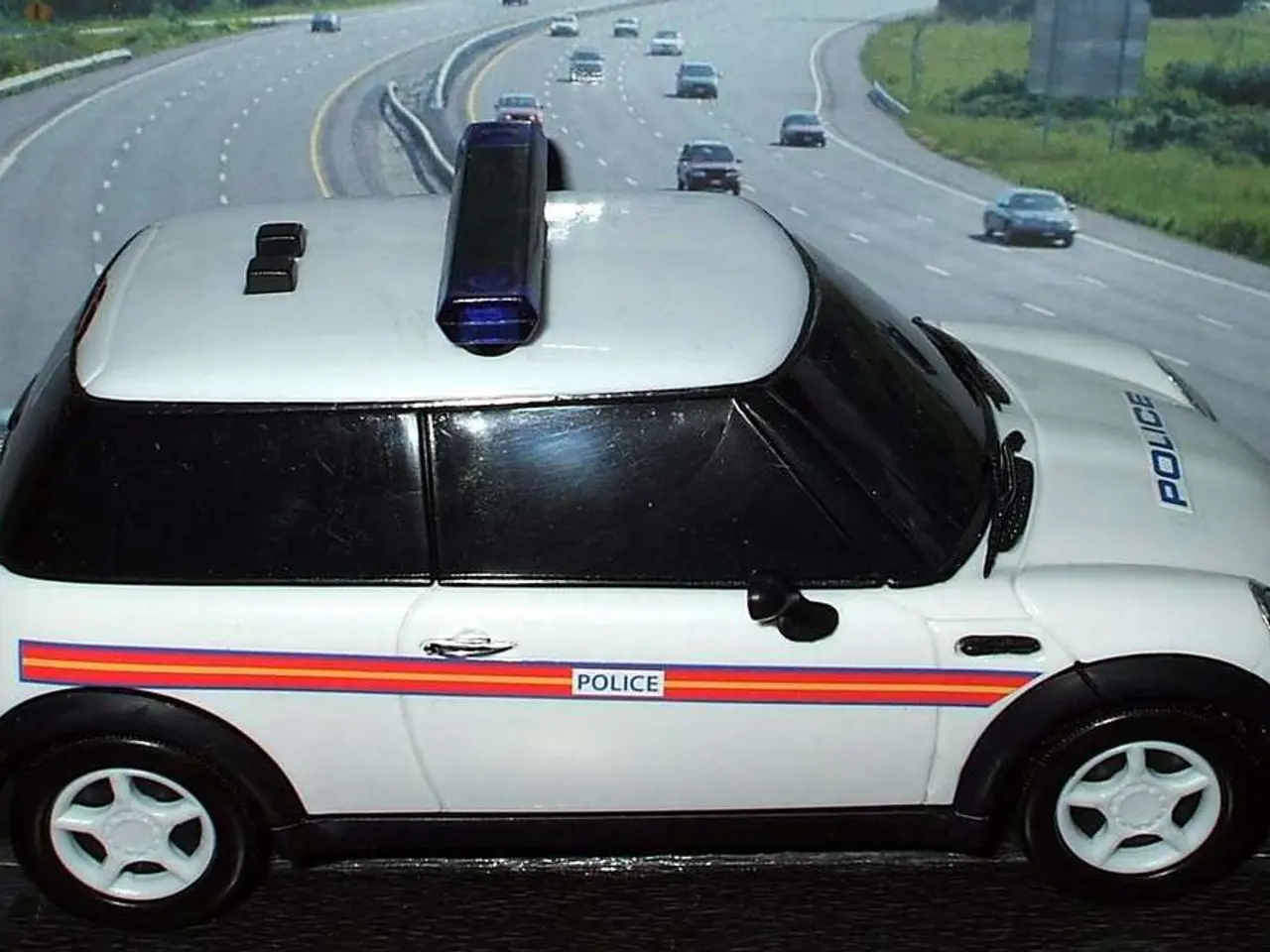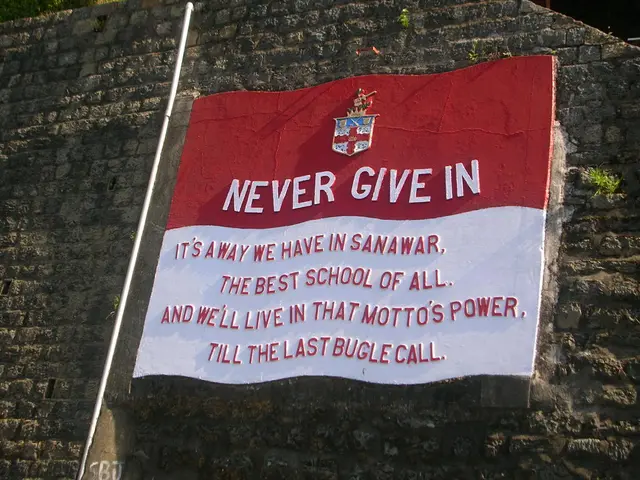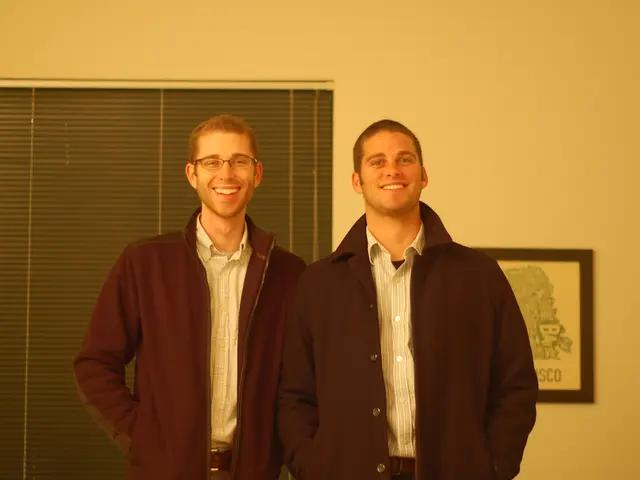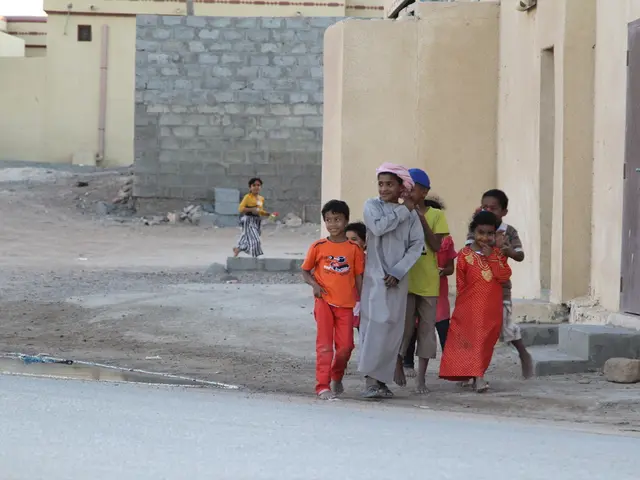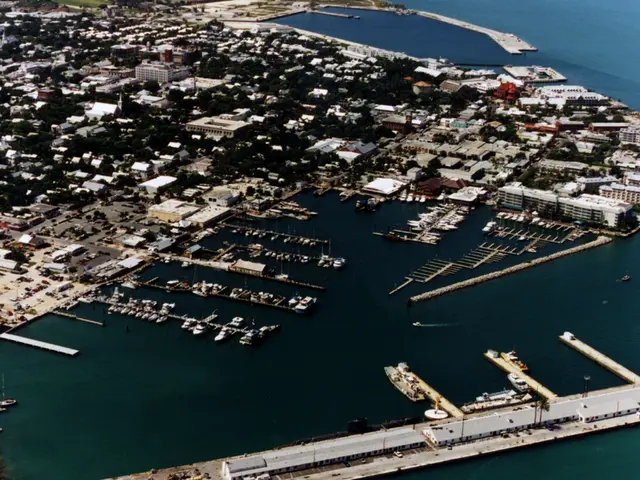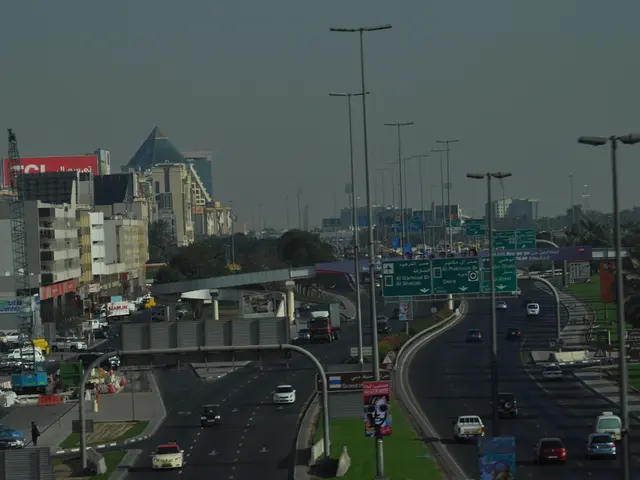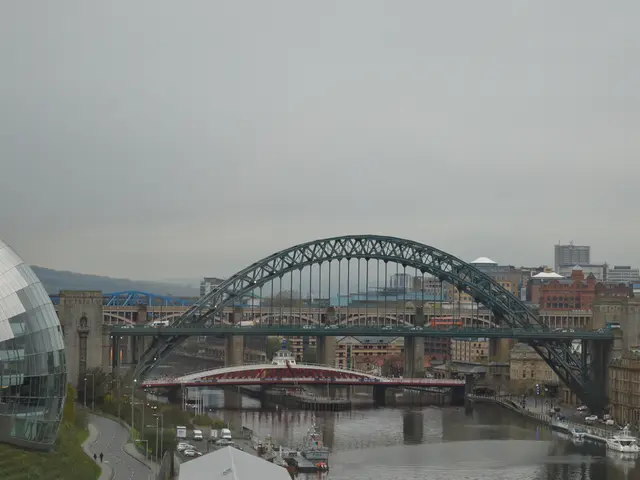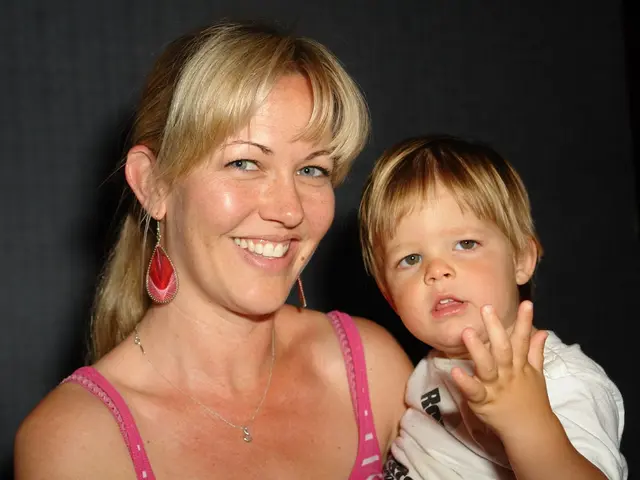Tourist hotspots and busy locales targeted by Trump's federal law enforcement decree
The streets of Washington, D.C. have seen an increased federal law enforcement presence, with the deployment of the National Guard, federal officers, and other security personnel around the clock[1]. This move, initiated by President Donald Trump, is aimed at enhancing public safety and reducing crime in the city, which has been plagued by violent crime for far too long[1].
The White House has authorised this extended federal deployment, describing it as potentially a 30-day operation or longer[1][2]. However, the impact on crime rates is still inconclusive, with officials indicating it is too early to assess any significant change[1]. The visible federal presence is large and continuous, with patrols in key public areas such as the National Mall[2].
Community responses to this increased law enforcement presence have been mixed. On one hand, residents like Kimberly Terry, who lives on Benning Road, a street that has seen a series of major crimes in the last few months, support the extra security and believe it could help reduce crime[1]. On the other hand, many D.C. residents and activists have expressed outrage and resistance, demanding the federal officers to "Get off our streets" and protesting what they perceive as an intrusive, militarized presence in their neighbourhoods[1].
These protests highlight tensions between federal authorities aiming to bolster security and local communities concerned about civil liberties and the militarization of policing in their city. A group of visitors from Virginia, however, have expressed feeling safe in D.C., finding it more welcoming and less stressful than other big cities[1]. They found no obvious "super sketchy areas" in D.C.
The White House has not provided information regarding peak times for the extra law enforcement or exact target areas. The focus of the increased law enforcement presence is on tourist areas and hot spots in the district[1]. Alpha Lewis, a recent resident of D.C., suggests that a lateral approach, involving community organizations, would be more effective than a top-down approach[1].
Lewis emphasizes the importance of a bipartisan approach to safety in D.C., and suggests that D.C. is unique, requiring a tailored approach[1]. He also mentions that safety is a bipartisan issue and could potentially be improved through community organizations[1].
Some community organizations that may have lost funding could potentially regain some funding with the increased law enforcement presence. However, the future impact of this increased law enforcement presence on the city's crime rates and community dynamics remains to be seen.
References: [1] Associated Press. (2021, June 12). Federal officers descend on Washington, D.C., causing protests. The Guardian. Retrieved from https://www.theguardian.com/us-news/2021/jun/12/federal-officers-descend-on-washington-dc-causing-protests [2] NBC News. (2021, June 12). Federal law enforcement officers arrive in Washington, D.C., amid protests. NBC News. Retrieved from https://www.nbcnews.com/politics/politics-news/federal-law-enforcement-officers-arrive-washington-dc-amid-protests-n1268736
- The increased federal law enforcement presence, a result of President Trump's initiative, brings together various aspects of policy-and-legislation, politics, and crime-and-justice, as it raises concerns about civil liberties, while aiming to address the city's persistent crime issues.
- The community responses, coupled with protests against the federal deployment, have highlighted the need for general-news media to address the intricacies of the situation, including its implications for safety, civil rights, and city dynamics, all key elements of politics and policy-and-legislation.
